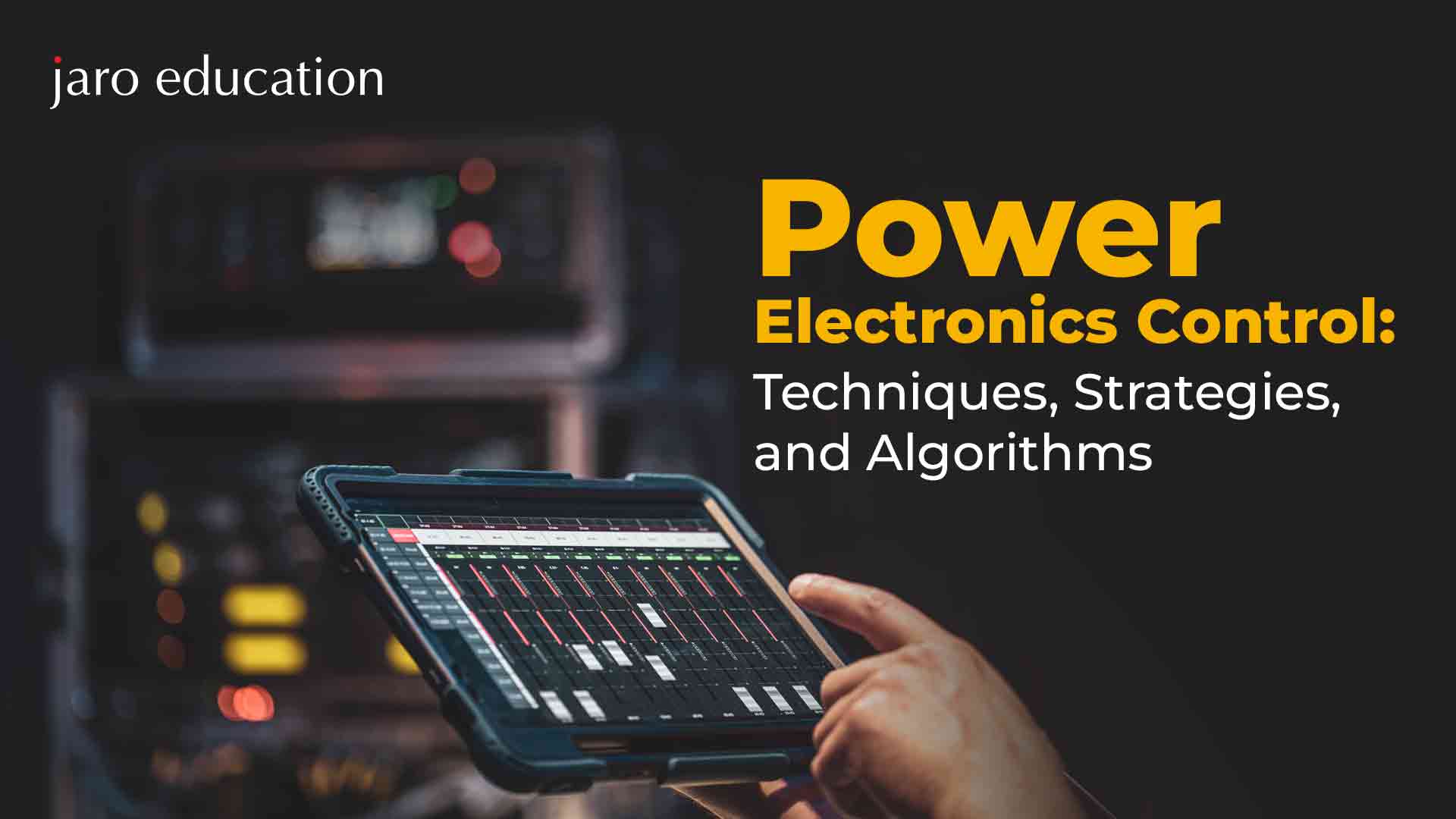Power electronics is a multi-disciplinary study that involves electric motors, semiconductor physics, control systems, electromagnetic devices, and mechanical actuators. It is a part of electrical engineering that involves the processing of currents and high voltages to provide power, thereby supporting various needs. Also known as electric vehicle technology, this mechanism is used to power up various electrical devices.
In one form, the power supply is processed using control mechanisms and semiconductor switches. While the common applications of power electronics are switch-mode, where efficiency, power density and reliability are of prime importance, motor control is honing with more electrification in transportation systems. Simply put, when it comes to power electronics control, efficiency and control are of prime importance.
If you want to have relevant experience in the field of electrical engineering, then apply for the Advanced Programme in Electric Vehicle (EV) Technology Programme offered by CEP, IIT Delhi. It is a 6-month course that helps understand power electronic control comprehensibly. You can register for the programme with Jaro Education to get an in-depth understanding of the subject.

Table of Contents
Techniques/ Strategies of Power Electronics Control
An example of power electronics control is a converter. And to alter its output voltage, two methods of control are used. These two methods or techniques are time ratio control and current limit control.
Time Ratio Control
In time ratio control, the constant (k) is known as the duty ratio. There are two ways to achieve time ratio control.
- Constant frequency
- Variable frequency
In the constant frequency control method, the frequency remains constant while T, the ON time, is kept varied. This power electronics control technique is called pulse width modulation.
In the variable frequency control method, the ON time (T) is kept constant while the frequency varies. This power electronics control technique is called frequency modulation control.
Current Limit Control
In a converter (DC to DC), the value of the current varies between the minimum and the maximum levels for continuous voltage. In this method, the chopper is first switched ON and then OFF to check that the current is kept constant between both upper and lower limits. When the current is travelled beyond the maximum levels, the chopper goes OFF. When the switch is at an OFF mode, current flows through the diode and diminishes exponentially. When the current falls below a certain threshold, the chopper is ON again. This technique can be used either when the frequency is kept constant or when the ON time t is constant.
Applications of Power Electronics Control
The strategies of power electronics control lie in its application. Below is an array of power electronics control applications that are in extensive use.
Electric Transportation
Power electronics control methods are used in electronic vehicles to handle the charging and removal of the battery, manage the electric motor and regulate the power flow in the vehicle.
Power distribution and transmission
It is used to manage voltage levels, increase system efficiency, and avoid power losses in power distribution and transmission systems.
Renewable energy integration
Solar panels, wind turbines and other renewable energy sources require power electronics to transform produced electricity into usable AC power that can be incorporated into the power grid.
Energy storage
Power electronics control is employed in energy storage devices like batteries and flywheels to manage loading and discharging, ensuring efficient and consistent power conversion.
Lightning and control
This mechanism is used in lightning and lightning control systems to adjust voltage levels, manage power supplies and control brightness (of lights).
Consumer Electronics
It is used in consumer electronic products like televisions, smartphones and computers to regulate voltage levels and manage power supplies.
Medical equipment
Power electronics control is used to optimise system performance, manage power supplies and regulate voltage levels of medical equipment, such as life-supporting systems and therapeutic devices.
Industrial drives and control systems
It is used in industrial drives and control systems to regulate power supply, manage the speed and torque of electric motors, and improve the performance of systems.








